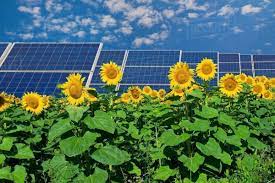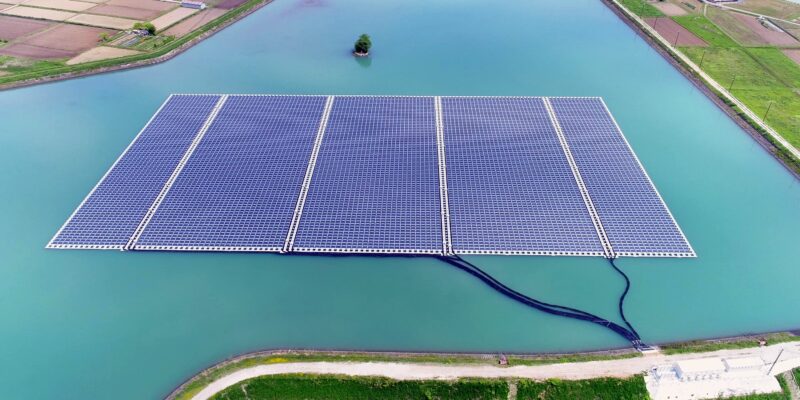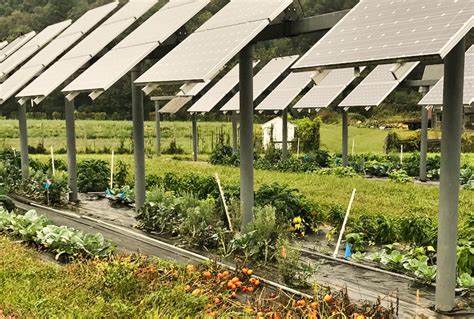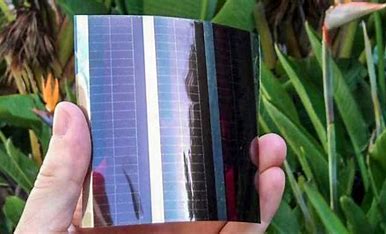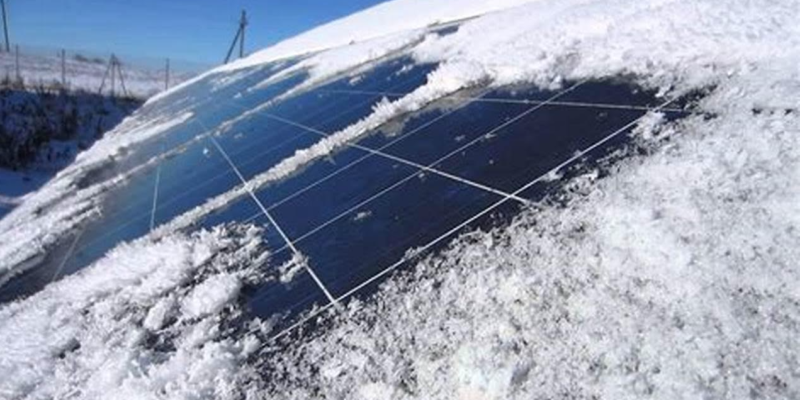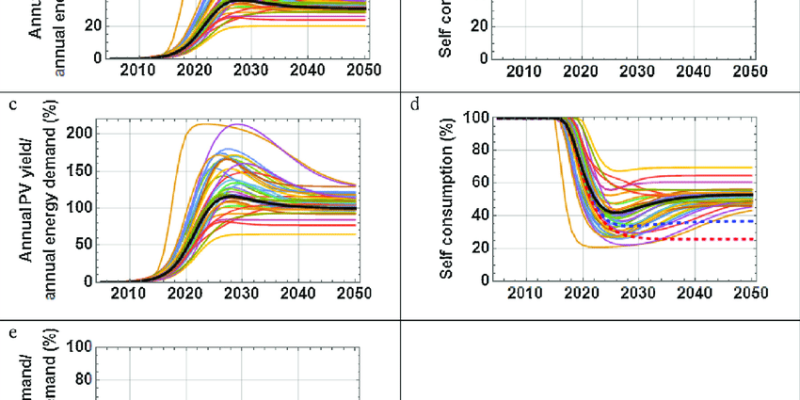What do Sunflowers and Solar Panels have in common? They both like to face the sun. Sunflowers will grow at a fast rate in order to reach a height that captures as much sun as possible. Similarly solar panels work best on a roof or tall structure to eliminate shade and maximize the amount of sun it can capture. Sunflowers also face the sun, depending on the hemisphere. Similarly, solar panels on the northern hemisphere will face south towards the equator. And solar panels in the southern hemisphere will face north towards the equator. Nature continues to be a model that inspires creativity and innovation. Where will inspiration come next?
